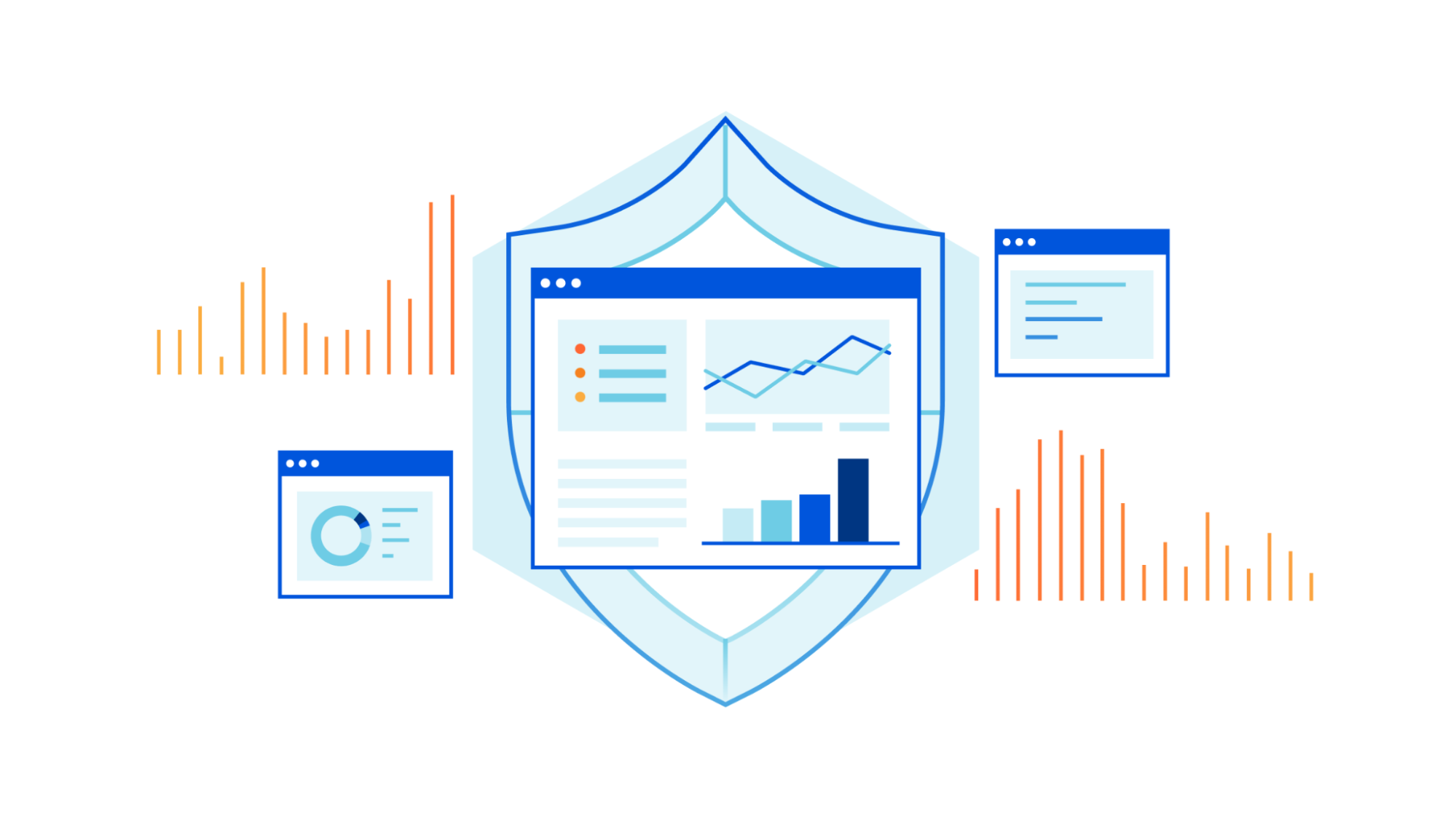Post Syndicated from Alex Forster original https://blog.cloudflare.com/slp-new-ddos-amplification-vector/


Earlier today, April 25, 2023, researchers Pedro Umbelino at Bitsight and Marco Lux at Curesec published their discovery of CVE-2023-29552, a new DDoS reflection/amplification attack vector leveraging the SLP protocol. If you are a Cloudflare customer, your services are already protected from this new attack vector.
Service Location Protocol (SLP) is a “service discovery” protocol invented by Sun Microsystems in 1997. Like other service discovery protocols, it was designed to allow devices in a local area network to interact without prior knowledge of each other. SLP is a relatively obsolete protocol and has mostly been supplanted by more modern alternatives like UPnP, mDNS/Zeroconf, and WS-Discovery. Nevertheless, many commercial products still offer support for SLP.
Since SLP has no method for authentication, it should never be exposed to the public Internet. However, Umbelino and Lux have discovered that upwards of 35,000 Internet endpoints have their devices’ SLP service exposed and accessible to anyone. Additionally, they have discovered that the UDP version of this protocol has an amplification factor of up to 2,200x, which is the third largest discovered to-date.
Cloudflare expects the prevalence of SLP-based DDoS attacks to rise significantly in the coming weeks as malicious actors learn how to exploit this newly discovered attack vector.
Cloudflare customers are protected
If you are a Cloudflare customer, our automated DDoS protection system already protects your services from these SLP amplification attacks.
To avoid being exploited to launch the attacks, if you are a network operator, you should ensure that you are not exposing the SLP protocol directly to the public Internet. You should consider blocking UDP port 427 via access control lists or other means. This port is rarely used on the public Internet, meaning it is relatively safe to block without impacting legitimate traffic. Cloudflare Magic Transit customers can use the Magic Firewall to craft and deploy such rules.